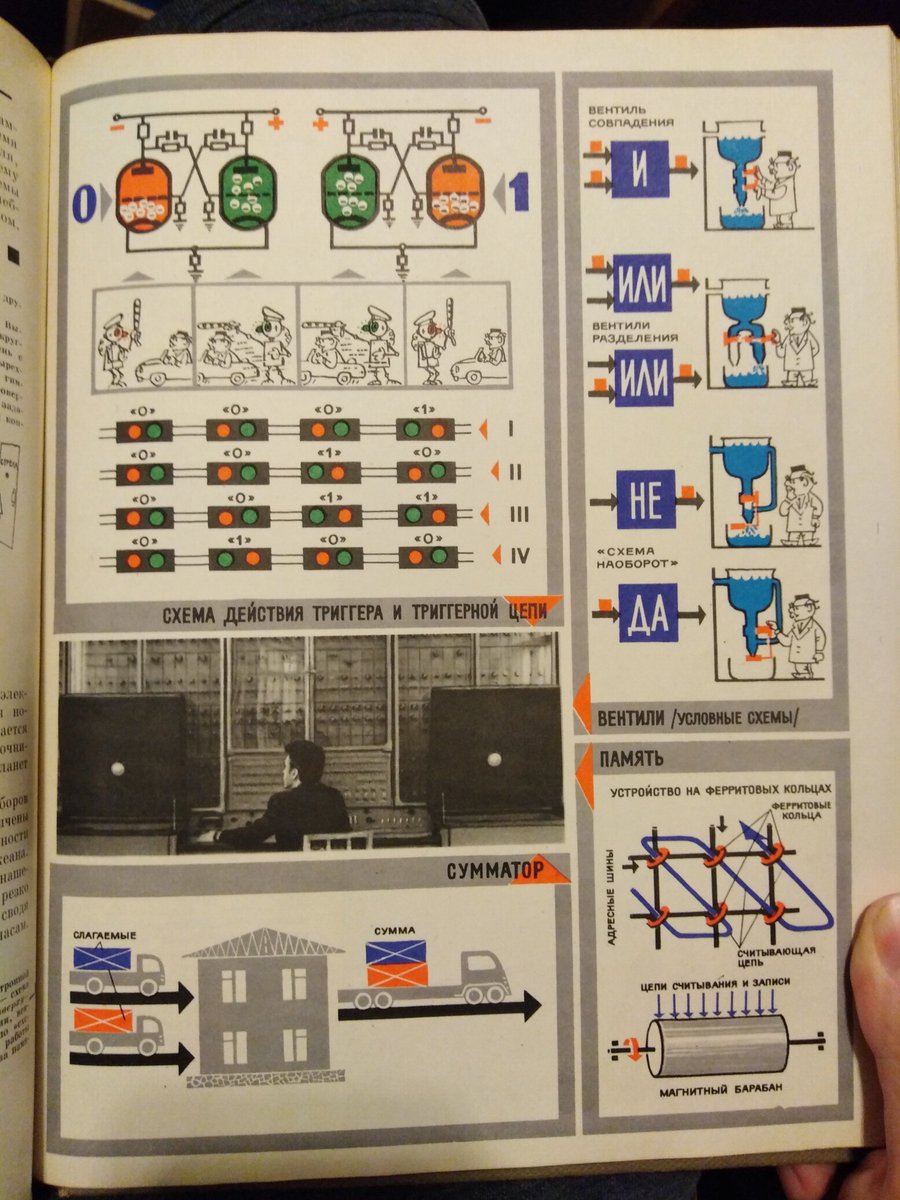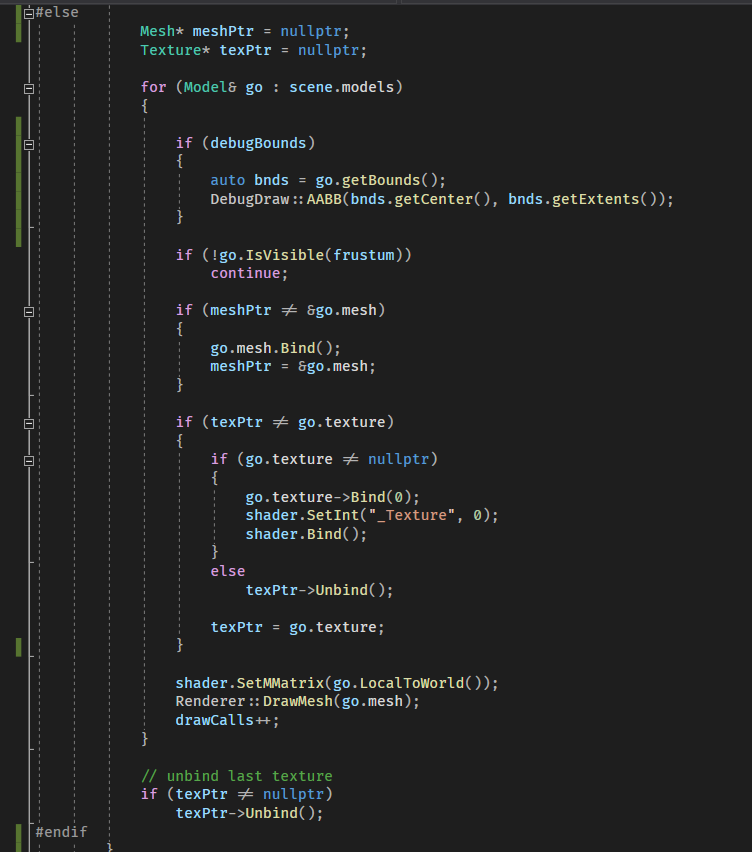Good news is that it slides well. Bad news.. I don't actually understand how real KT4 works :D So, it has 3 free rotating joints (2 bogies and 1 between cars), but irl it always bends in the same way along a curve. Magic springs? Bogies are interconnected? 🤔 #YugoTrip #trams
I added some strong springs on joints and it seems to work ok. But it kinda bounces if you go slowly, which I don't think is how it works irl #YugoTrip #tramproblems
Props to @altfuture who managed to dig out this scan and solve the mystery. There seems to be a system of links (or pulleys, just called "stabilizers" in text) underneath the real KT4 which interconnects all 3 joints. Maybe a bit too complex for #YugoTrip 🤔 #TramProblems 

• • •
Missing some Tweet in this thread? You can try to
force a refresh


















